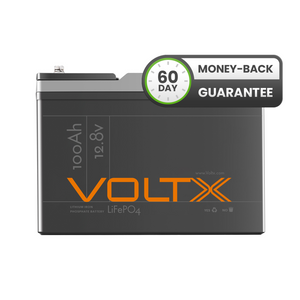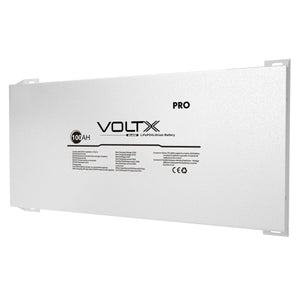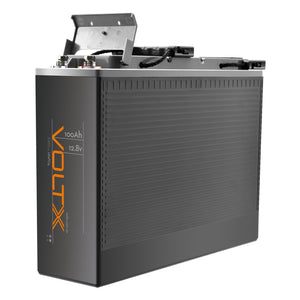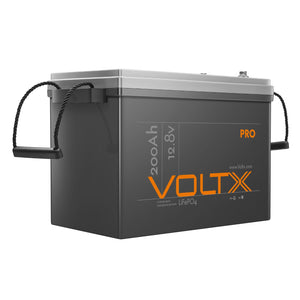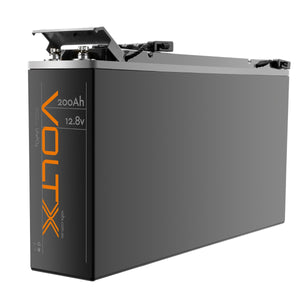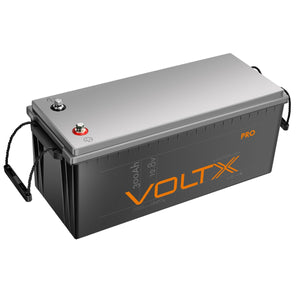Gel batteries are a type of deep-cycle lead-acid battery which are also valve-regulated. Gel batteries are called gel cells because the electrolyte contained within the battery has silica added, making a thick gel. The original design dates from 1934, but the tech has been updated since then. Gel batteries have a wide range of applications and are often used when deep discharge is important. Examples of gel battery usages are RV batteries, trolling motor batteries and wheelchair and other medical mobility vehicle batteries.
Overall, gel batteries are generally seen as having an advantage over other batteries, such as flooded cell batteries, as they are perceived as pretty maintenance free. If you are heading out to enjoy the great outdoors, then you want to be thinking about things other than whether your battery needs to be looked after, so a gel battery will come into its own to power up your gear.
How does a gel battery work?
Gel batteries are lead-acid batteries that contain a combination of electrolyte, sulphuric acid and silica. The resulting chemical reaction creates a gel that doesn 't move around very much. This immobile quality also helps the gel battery to be spill-proof and the fact that it has sealed cells. This also means that the battery can be placed in any position, although not upside down. However, this gel is fragile and may burn if exposed to high amperage situations, so it is advisable not to use gel batteries then.
Gel batteries are valve-regulated, which means that they have a relief valve that holds the battery contents regardless of the position of the cells. It also helps to remove excess pressure, which makes the gel battery pretty much leak-free. Leak-free also means minimal risk as there is little chance of coming into contact with hazardous chemicals such as battery acid. That makes gel batteries a more safe option than a flooded cell battery, for example.
A system of one-way open valves in the battery ensures that internal gasses recombine into the water, so that equals a battery that is low maintenance. Your gel battery isn 't going to lose liquid, so it won 't need to be topped up with distilled water, and you won 't have to monitor the water level either.
Another advantage of the gel instead of liquid is that gel batteries don 't produce many fumes from gasses such as oxygen and hydrogen. Minimal fumes mean the battery doesn 't need a lot of ventilation. It also means that gel batteries can be used in many different places and for many different applications.
The way gel batteries work also means gel batteries should be very robust if treated correctly. Some of that robustness is related to heat conduction. The electrolyte solution in gel batteries is contained between lead plates, and the gel is a better heat conductor from the plates to the cell walls. This is useful in case of an overcharge as the excess heat is lost more easily. They are also robust because they absorb impact and vibration.
How to charge a gel battery?
Charging is where gel batteries are seen as more delicate than other battery types as they can be more easily damaged during the charging process. Generally speaking, you really need to connect gel batteries to special gel chargers to charge them correctly. This is because a gel battery gets charged at a lower voltage than a regular battery. It is possible to use a regular charger if you really have to, but you will have to keep a careful eye on it to avoid overvoltage. If this happens to your battery, it could fail completely.
Overall, it 's also important that you take care not to overcharge your gel battery. This is tricky because of the generally slow charge rate of this type of battery. It 's made more difficult because, generally speaking, gel batteries need to be taken off the battery as soon as they are charged. Overcharging a gel battery may cause permanent damage by creating voids with the electrolyte and making the battery porous. This is then going to have a detrimental effect on your battery 's life span.
One of the best ways to recharge gel batteries is through constant voltage charging, as it helps to achieve maximum battery life and capacity. This charging method limits the initial charge current and supplies a constant voltage to the battery until it reaches the preset charge voltage. It also means that the battery should be left on the charger until it is ready to be used. A bonus is that it is relatively quick and economical.
We have a wide range at Outbax with fast, automated delivery across Australia if you are looking for gel batteries. Check out our solar batteries, marine batteries, golf cart batteries and AGM batteries. We also are happy to help you choose the right battery or any other equipment for your adventure, so give us a call or drop us a line online.
